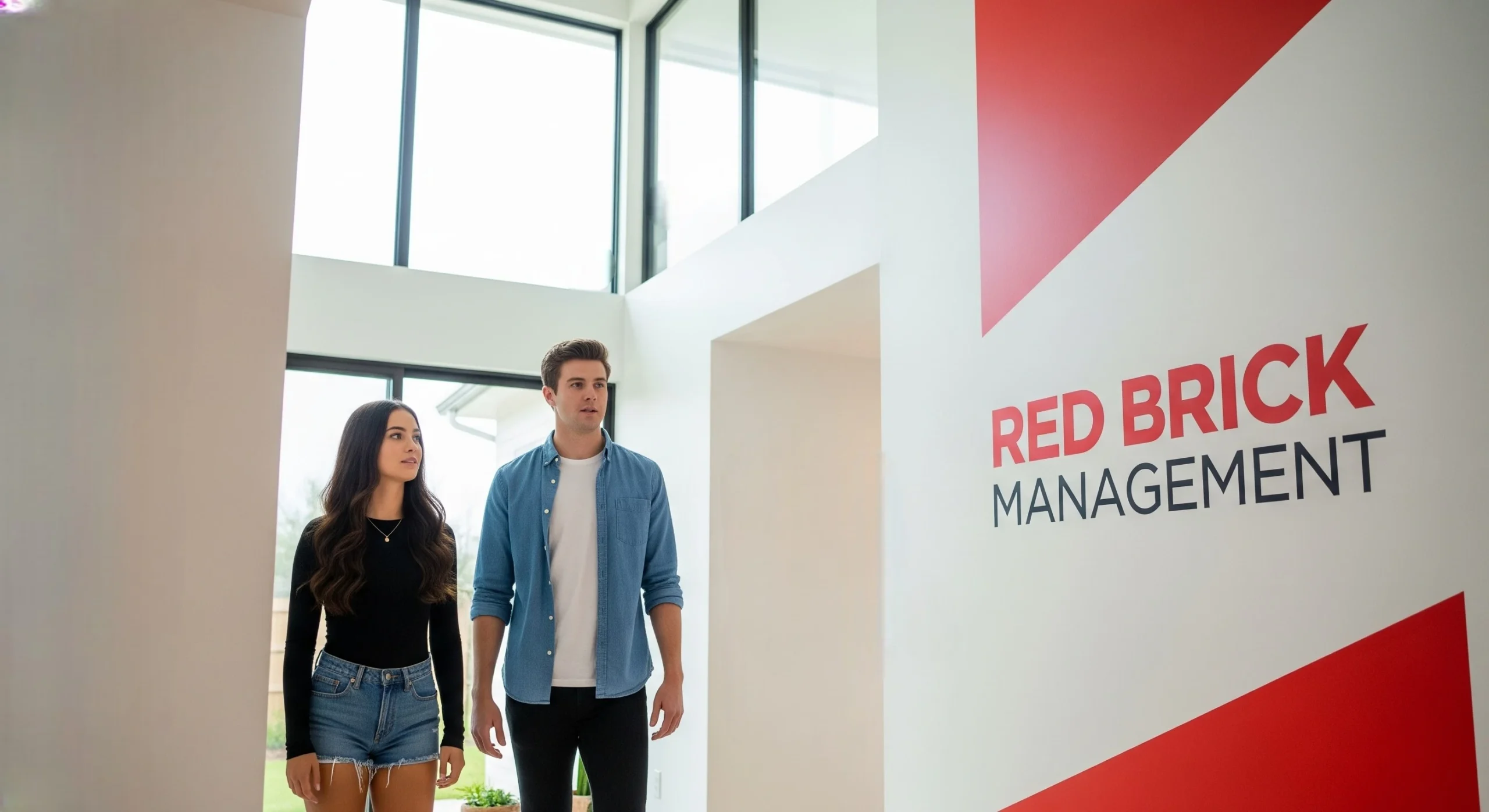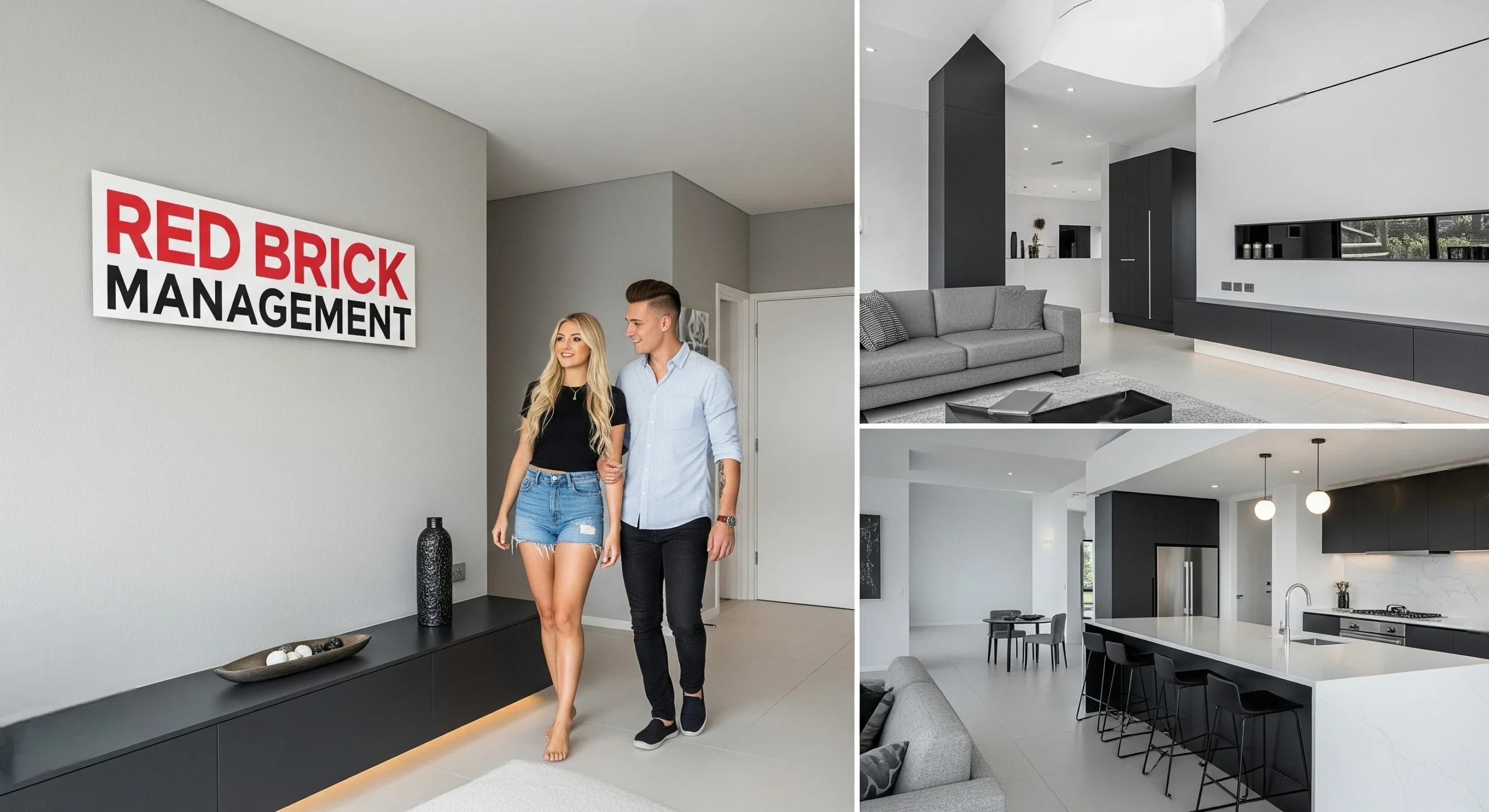
Walking through a home is one of the most important steps when you’re thinking about buying. It’s the first real chance to step inside, look around, and picture yourself living there.
A lot of buyers get caught up in what looks nice, such as a bright living room, shiny new countertops, or a classic detail that adds charm. Those features can be appealing, but focusing only on them might cause you to miss bigger issues that could affect your day-to-day life after you move in.
Whether this is your first purchase or you’ve been through the process before, the best way to approach a property tour is by looking past the surface. Taking time to check details you don’t always notice can help you avoid costly surprises later.
To help you navigate the market with more confidence, here are five common things buyers tend to overlook when viewing a property.
1. Water Pressure and Plumbing

When you walk through the house, take a moment to test the water. Turn on the faucets in both the kitchen and bathrooms and see if the flow comes out steady and with good pressure. These small actions can save you from moving into a house where everyday routines become a hassle.
Don’t skip a quick look under the sinks and around the base of toilets. Warped wood, dark stains, or a soft floor can signal slow leaks or past water damage. Even if the rest of the home looks updated, plumbing problems can lead to unexpected bills, and you’ll want to know what you’re walking into before making an offer.
2. Parking and Permits

Parking is easy to overlook, but it affects daily life more than many buyers realize. If the home comes with a designated space, check how close it is to the property and whether it feels safe at night. If parking is on the street, find out if you’ll need a resident permit, how much it costs, and whether the city limits how many permits you can get.
Think about guests as well. A house with no visitor parking can make family gatherings or weekend get-togethers stressful. The best way to see the real situation is to visit the street at different times of day. Midday might look wide open, but evenings or weekends could be a very different story when everyone’s cars are parked.
3. Neighborhood and Noise Levels

The time of day you view a property can give you the wrong impression of how quiet it really is. Many showings happen during calm hours, but the atmosphere could be very different when school lets out or when the local bar fills up on a Friday night.
Do voices carry easily from next door? Is the street busier than it looks on paper? If you’re interested in the home, schedule another visit at a different time of day. Even sitting in your car for twenty minutes during rush hour can give you a clear sense of the noise you’d live with on a daily basis.
4. Storage That Actually Works

Big rooms can be appealing, but without enough storage, a house can quickly feel crowded. Think about where you’ll keep the basics like coats and cleaning supplies, as well as bulkier items like holiday decorations, luggage, or sports gear.
Open every built-in cabinet and closet to see how much space they truly offer. Look for a pantry, a linen closet, or a basement that adds usable storage. If the property has an attic, check whether it’s finished with flooring and a safe way to access it. Don’t forget to factor in outdoor options too — a garage, shed, or even a secure side yard can make everyday living much easier.
5. Building Management and Fees

For apartments and managed developments, the building’s overall administration is an important, yet often overlooked, area. In managed buildings, buyers should also ask about service charges, long-term maintenance plans, and block management arrangements. These charges cover the upkeep of common areas, buildings insurance, and sometimes include a contribution to a reserve fund for major future works like a roof replacement.
It’s a smart move to look at the service charge history from the past few years. You’ll see if the fees have been climbing and whether any major work has been scheduled. Good management makes a big difference: hallways stay clean, repairs get handled on time, and the building as a whole holds its value. Knowing how the fees are used not only helps you plan your budget, it also tells you whether the property you’re buying into is being taken care of for the long run.
By looking past the surface details and paying attention to how the home really functions, you’ll get a clearer sense of what living there would be like day to day. These five areas often slip through the cracks during a showing, but giving them some extra attention can help you avoid surprises and move forward with more confidence in your decision.
